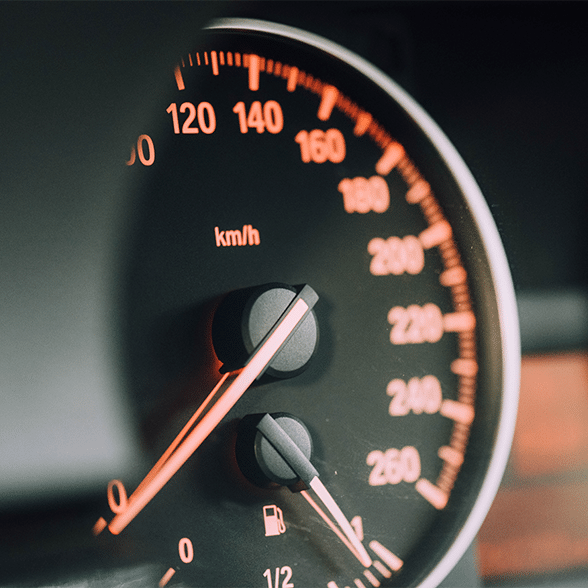
"Significant improvements in @starlink network performance in 2025, with median peak-hour network-wide speeds increasing by over 50%. Typical download speeds are over 200 Mbps, typical upload speeds are over 30 Mbps, and median global latency is around 26 ms. PCMag noted the tweet, suggesting that a recent Starlink outage may have been due to network speed upgrades. The low Earth orbit (LEO) provider's increasing speeds were referenced twice recently by Ookla."
"Its speed test for the first quarter of 2025, which was released in June, found median download speeds of 104.71 Mbps, which was almost double the 53.95 Mbps speed reported in the third quarter of 2022. Starlink upload speeds almost doubled as well, with increases from 7.50 Mbps in the third quarter of 2022 and to 14.84 Mbps in the first quarter of 2025, according to Ookla."
"This week, Ookla reported that in 26 out of the 50 states and the District of Columbia, rural users receive better broadband speeds than their urban counterparts using the Starlink technology. It's arguable that the unique dynamics of Starlink's growth - its strength in rural areas compared to urban areas - could make Starlink and perhaps other LEO providers effective tools as the nation tries to finally eliminate the digital divide."
Starlink reported substantial 2025 network performance improvements, citing median peak-hour speeds up over 50%, typical downloads above 200 Mbps, uploads above 30 Mbps, and median global latency around 26 ms. PCMag linked a recent outage to possible network speed upgrade activity. Ookla's Q1 2025 speed test recorded median downloads of 104.71 Mbps and uploads of 14.84 Mbps, roughly doubling Q3 2022 results. Ookla also found rural Starlink users in 26 states plus D.C. sometimes receive faster broadband than urban counterparts. Starlink's rural strength and growing constellation (about 6,750 satellites) position LEO services as potential tools to narrow the digital divide.
Read at Telecompetitor
Unable to calculate read time
Collection
[
|
...
]